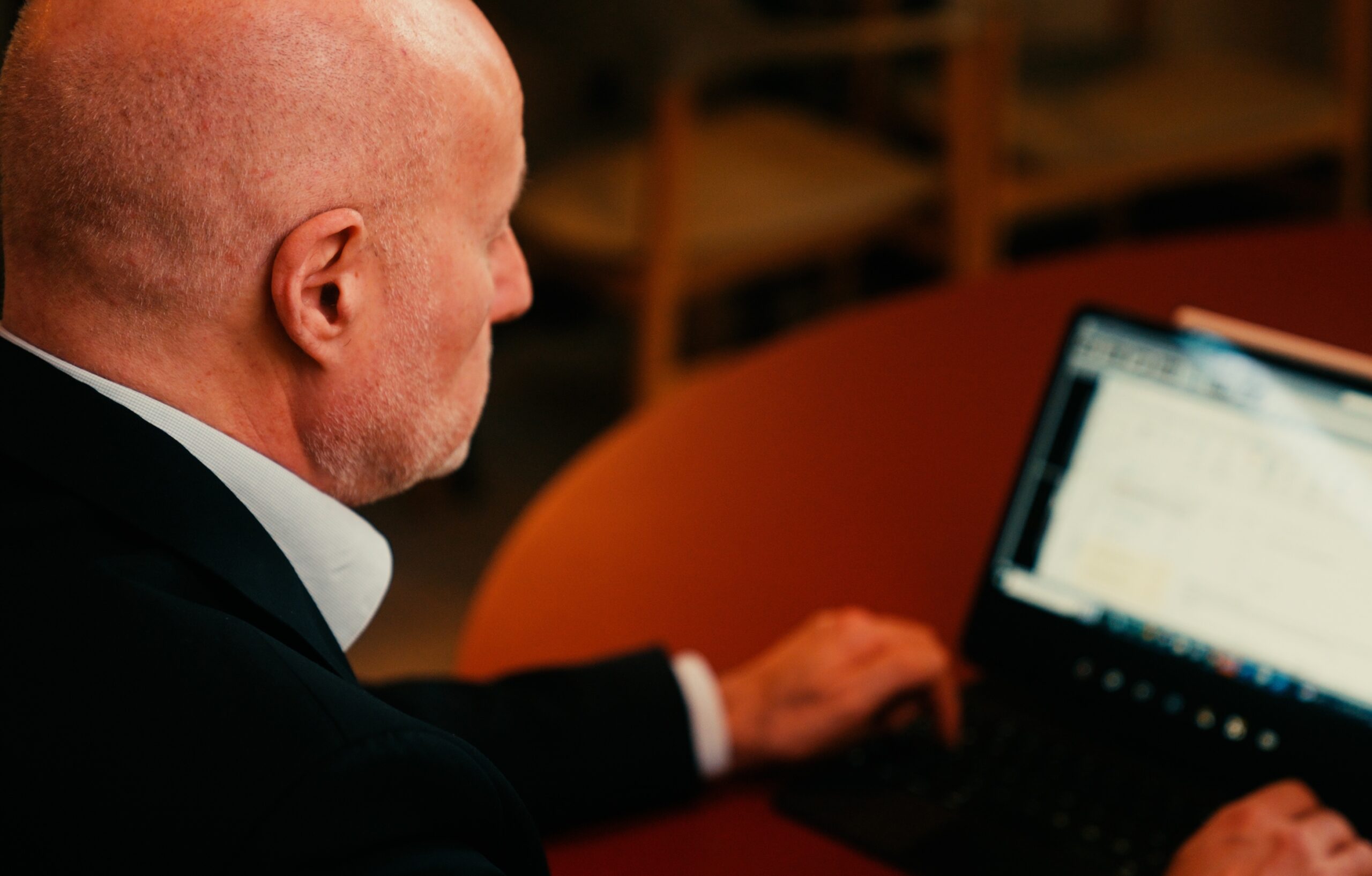
In August 2022 I fell off my roof at home and ruined a perfectly good body. You would have thought that many months of paralysis from the waist down would be a time for deep inner reflection and a chance to emerge reborn as a wonderful human being. Sadly, that was not the case. I got better and I am still a cynical, miserable bastard.
Here is a less than glowing review of a recent article in the International Endodontic Journal.
Unveiling the power of artificial intelligence for image-based diagnosis and treatment in endodontics: An ally or adversary?
Rocharles Cavalcante Fontenele, Reinhilde Jacobs
https://doi.org/10.1111/iej.14163
This is a must-read article if you are a nerdy endodontist interested in the future trajectory of our profession.
The excellent review article provides an overview of AI applications in endodontics, evaluating its use in 2-D and 3-D imaging and examining its role as a beneficial tool or potential challenge. Rather than a glowing acceptance of a wonderful future, it explains the different types of AI and deals with the fundamental limitations in its current use.
Of course the future is bright and these tools will bring remarkable advantages to the field of endodontics, which stands to benefits significantly from the emerging approach of radiomics in imaging diagnosis. Radiomics empowers clinicians to detect subtle pathological changes, such as early indicators of pulpitis or periapical lesions, that may evade human observation.
However, the learning is only as good as the teacher, and the data sets often used for the different varieties of AI rely on non-clinical in vitro data which do not reflect the complexities of true clinical situations.
I am confident these tools will progress rapidly, and the new generation of endodontists will rely heavily on their power. But they will erode our own skills.
In my 40 years of practising, there have been a number of radical changes in the practice of endodontics. With the adaptation to each change, the previous skills learnt without these impressive improvements are lost, and this is to our significant detriment.
I think of the microscope and how, without it, I used to be able to find MB2 canals by feeling alone. Ni-Ti instrumentation removed the necessity for powerful tactile manipulation and feedback from stainless steel files, and the modern endodontist has no idea how to properly use these instruments.
My mentor, Professor Kishor Gulabivala, tried to hold back these innovations from our Eastman postgraduate students as he felt they would reduce their skills. He was correct, but there is no holding back the tide of progress. I would often say to him that using CBCT imaging was like cheating, as it made diagnosis so much easier. But it was only so much easier because I had developed a ‘sixth sense’ from analysing every clue from a limited periapical radiograph and experiencing the consequences. It has come to the point now that when I look at a periapical radiograph, I do not feel confident in diagnosing and planning treatment. Yet it was a standard for 25 years of my working life.
I feel sad that I will not see and benefit from these futuristic technologies, but I am worried about the nerdy endodontists of our future blithely taking the word of a machine-learning robot without the need to think any more.
Written by Dr Richard Kahan